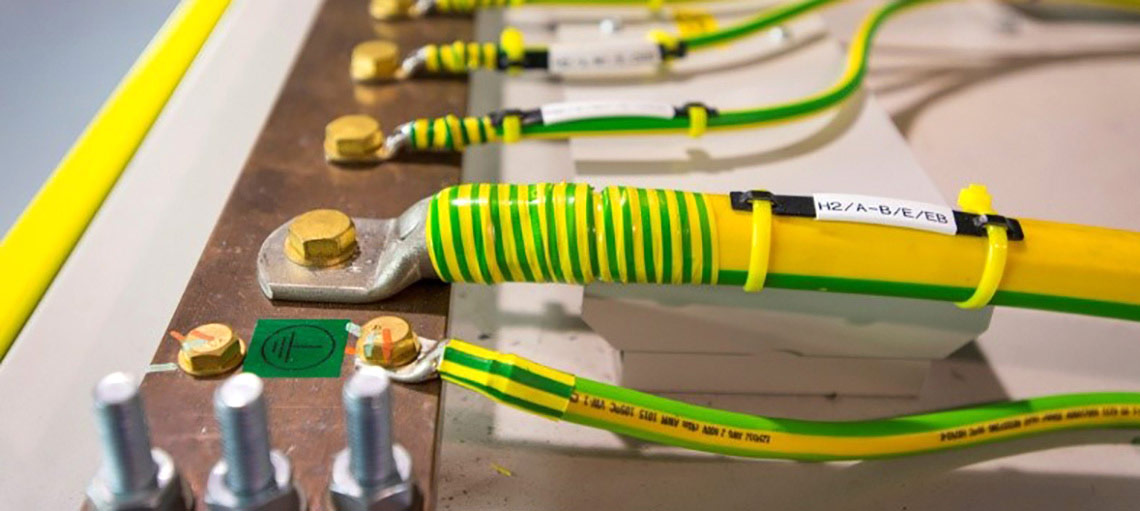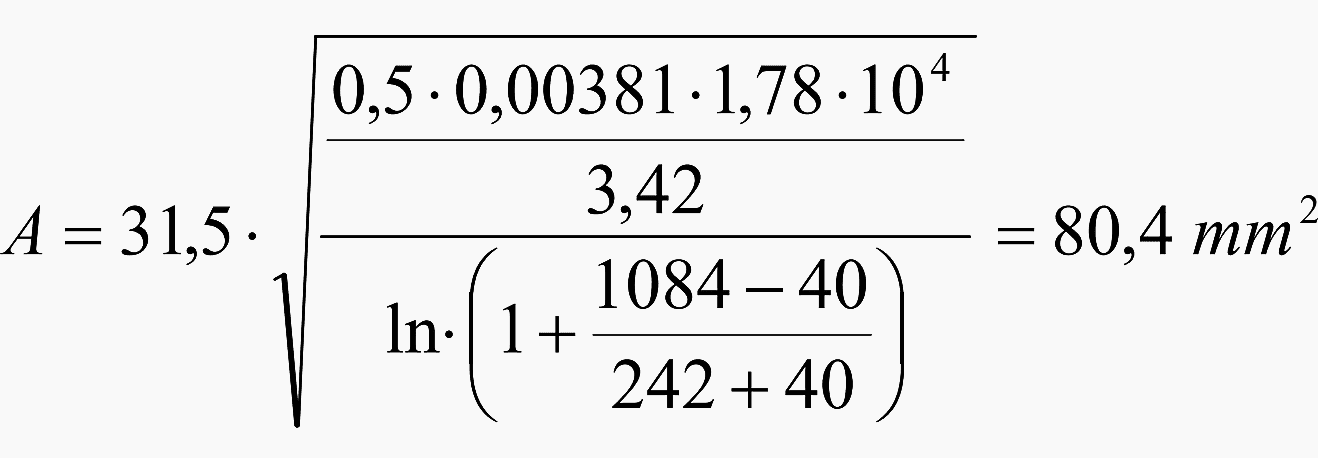


Use of a direct-reading earthing-resistance ohmmeter.A number of tests at different spacings and directions are generally made to cross-check the test results.

The distances between the electrodes are not critical and may be in different directions from the electrode being tested, according to site conditions. Instruments using hand-driven generators to make these measurements usually produce an AC voltage at a frequency of between 85 Hz and 135 Hz. In order to avoid errors due to stray earth currents (galvanic -DC- or leakage currents from power and communication networks and so on) the test current should be AC, but at a different frequency to that of the power system or any of its harmonics. The resistance R of such an electrode (in homogeneous soil) is given (approximately) in ohms by: R = 2 ρ L A very effective method of obtaining a low-resistance earth connection is to bury a conductor in the form of a closed loop in the soil at the bottom of the excavation for building foundations.


 0 kommentar(er)
0 kommentar(er)
